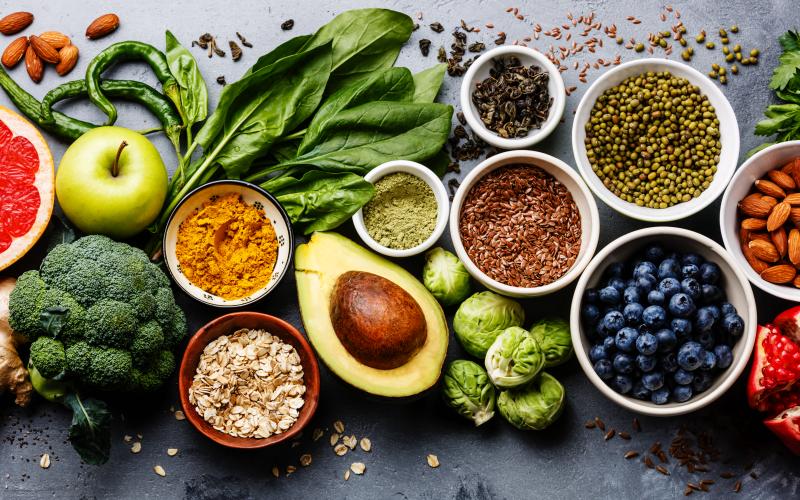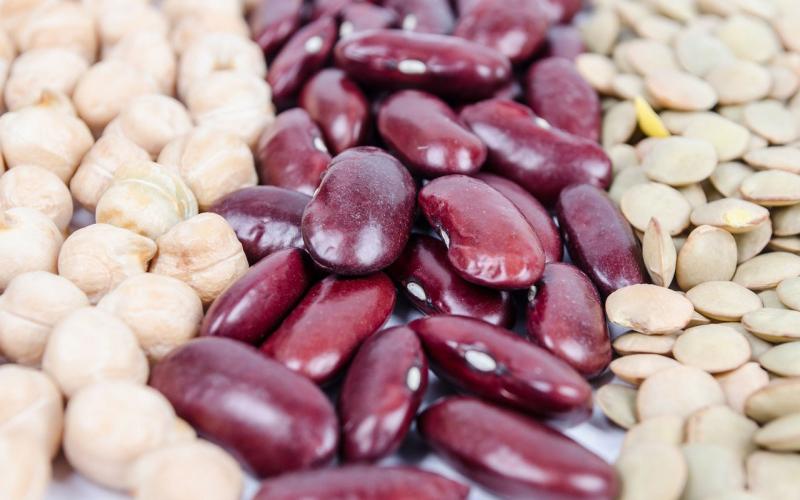Written collaboratively by Megan Jacobson and Gracie Obrien.
Do you feel tired or low on energy, especially in the winter? You might not be getting enough vitamin D. This important vitamin helps your body stay strong and healthy—and many people don’t get enough of it, especially in places like South Dakota.
What is Vitamin D?
Vitamin D is a fat-soluble vitamin that functions like a hormone in the body and is needed for proper body function. It helps your body:
- Use calcium to build strong bones.
- Keep your muscles and nerves working properly.
- Fight off sickness by supporting your immune system.
- Support your mood and mental health.
When you don’t get enough vitamin D, your bones can become weak, you might feel chronic fatigue, and you may be getting sick more often.
Where Does Vitamin D Come From?

Vitamin D is also known as the sunshine vitamin, because our bodies can synthesize it in our skin when exposed to the sun’s UVB rays. We can also get vitamin D from some of foods that we eat.
There are two main forms of vitamin D:
- Vitamin D2 (ergocalciferol): Found in plant-based foods and fortified products.
- Vitamin D3 (cholecalciferol): Found in animal-based foods and synthesized in the skin.
Some foods naturally have vitamin D, and some have vitamin D added to them. Adding a nutrient to a food item is called fortification. Since the development of more -structured school and job settings where time spent outside in the sun may not be as frequent, vitamin D fortification of various food and drink items, like milk, orange juice, and cereals, have been incorporated.
Plant sources of vitamin D (vitamin D2)
- Mushrooms
- Fortified orange juice
- Fortified cereals
- Tofu
- Plant milks (soy, almond)
Animal sources of vitamin D (vitamin D3):
- Egg yolks
- Fatty fish (tuna, salmon, sardines)
- Fortified milk
- Fairy products (cheese, yogurt)
- Liver
Environmental Factors

Where you live matters.
Sunlight exposure is the primary way our bodies make vitamin D. However, in states in the northern latitudes, like South Dakota, UVB rays are insufficient for vitamin D production during the colder months. Also, many of us spend most of our time indoors, at school, work, or home. This means we don’t get enough sunlight to make the vitamin D we need.
What should I do if I live in the upper Midwest?
If you live in the upper Midwest, like South Dakota, you may need a vitamin D supplement, especially during the colder months. In South Dakota, we would consider October through April to be the colder months with shorter periods of daylight and lower UV indexes. However, if you’re someone who has an indoor job or doesn’t spend much time outside, taking a supplement year-round may be beneficial.
Talk to your healthcare provider about testing your vitamin D levels, especially if you experience fatigue, muscle weakness, bone pain, or frequent illness.
How Do I Choose a Supplement?
Choosing a supplement can be overwhelming, so it’s always best to consult with your doctor or a Registered Dietician.
When choosing a supplement, it is important to consider:
- Verify quality: Choose supplements tested by third-party labs.
- Evaluate cost: Select a product that fits your budget.
- Talk to your doctor or dietitian: Find out if there are any potential drug interactions with current medications you are on, or if you have a health condition that affects nutrient absorption.
The recommended daily allowance (RDA) for vitamin D is:
- 400 IU for children under 1 year
- 600 IU for those age 1 to 70 years
- 800 IU for those over 70 years
Age, skin tone, sun exposure, and current health status are some factors that may require a person to need more than the RDA for vitamin D.
Through smart food choices, safe sun exposure, and possibly supplementation, you can manage your vitamin D levels to be within a healthy range. For more personalized advice, contact your healthcare provider or a registered dietitian.


